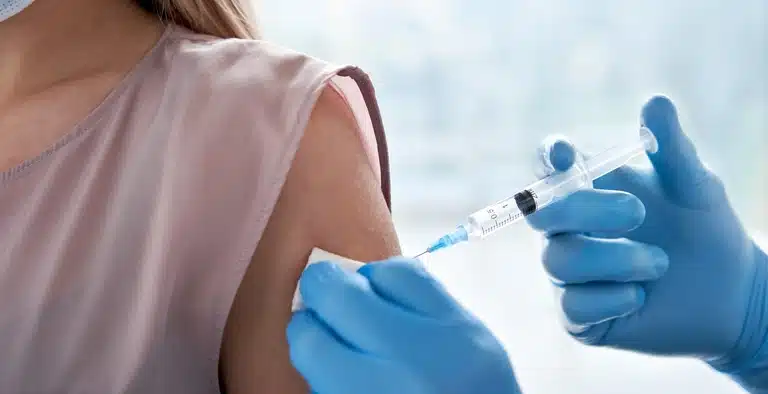Leaky Gut Test
The term “Leaky Gut Test” refers to any medical test that can be used to diagnose a condition known as “Leaky Gut Syndrome” (LGS). LGS is a condition in which the lining of the intestines become weakened, allowing toxins, and other substances to pass through the gut wall and into the bloodstream. These substances can cause a variety of symptoms like persistent muscle or joint pain, poor concentration, indigestion, gas, mood swings, nervousness, skin rashes, recurrent bladder or yeast infections, constipation, or anxiety when present in the bloodstream.
The diagnosis of LGS is not always straightforward. Multiple tests may be necessary to confirm a diagnosis. The most common leaky gut tests are the stool test, the blood test, and the intestinal permeability test.
Stool Test
The stool test can detect the presence of certain bacteria, viruses, parasites, and fungi that can cause LGS. This is the most common method of intestinal permeability assessment and can detect the presence of leaky gut markers, such as zonulin, lipopolysaccharides, and mannose-binding lectin.
Blood Test
The blood test can detect antibodies to certain antigens that are associated with LGS. These antigens include zonulin, the yeast Candida albicans, the bacterium Helicobacter pylori, and the protozoan Giardia lamblia. For example, when zonulin is released into the blood, your immune system responds by making antibodies. Measuring serum zonulin is cheaper, but measuring these antibodies is more accurate.
Intestinal Permability Test
The Lactulose-Mannitol test, also known as the intestinal permeability test, determines the ratio of those 2 sugars absorbed from the gut into the bloodstream in a more advanced leaky gut test. This test measures the level of those sugars in the urine after consuming a sugar solution consisting of both. In a healthy gut, the small intestine readily absorbs mannitol and does not absorb lactulose.
If the amount of lactulose in the urine is higher than expected, this may indicate that the gut has become leaky, allowing it to enter the bloodstream. Another test that can be used to diagnose LGS is the PEG 400 test, based on the urine concentration of the 11 compounds found in this mixture. These tests usually do not serve as the primary diagnostic tool for LGS. However, they can provide additional information to support the diagnosis. In some cases, further testing may be necessary to confirm the diagnosis.
It is important to speak with a doctor about the best course of treatment if LGS is suspected. Treatment for LGS typically involves dietary changes, such as eliminating certain foods that may be causing digestive problems, as well as supplementing with probiotics and other nutrients. In some cases, doctors may prescribe medications to treat the underlying cause of the condition. Leaky gut tests can be a valuable tool for diagnosing LGS. However, we should not use these tests as a substitute for a thorough medical evaluation, since they are not always accurate. It is important for you to speak with your doctor about the best course of action if you suspect that you may have LGS.
References:
- https://www.health.harvard.edu/blog/putting-a-stop-to-leaky-gut-2018111815289
- https://healthpath.com/leaky-gut/testing-leaky-gut-syndrome-complete-guide/
- https://knowyourdna.com/leaky-gut-syndrome-test/
- https://pubmed.ncbi.nlm.nih.gov/23341423/






